Aerodynamic Sensitivity Analysis for a Wind Turbine Airfoil in an Air-Particle Two-Phase Flow
Abstract
:1. Introduction
2. Numerical Method for Air-Particle Two-Phase Flow Simulation
3. Validation of Numerical Method
3.1. One-Phase Air Flow Simulation for S809 Airfoil
3.2. Gas-Solid Two-Phase Flow Simulation for a Circular Cylinder
4. Aerodynamic Sensitivity Analysis to Particles for S809 Airfoil
4.1. Particle Effects at Different Re Numbers
4.2. Effects of Particle Concentration
5. Particle Effects on Other Two Airfoils
6. Sensitive Tip Speed Ratios to Particles for Phase VI
7. Conclusions
- (1)
- In an attached flow, the particle-induced aerodynamic performance degradation is relatively slight and is caused by the boundary layer momentum loss. In the case of flow separation, a significant degradation is induced by a more severe separation due to particles.
- (2)
- For a wind turbine airfoil in an air-particle flow, the lift decrement, drag increment and the upstream-moving distance of separation point vary with the increasing angle of attack from increasing to decreasing and to increasing again. A most sensitive angle of attack to particles is found in the light stall region, and it is about 3° higher than the angle of attack for the maximum lift-to-drag ratio for the S809 airfoil. Hence, the aerodynamic performance of a wind turbine is very susceptible to particles considering its operating state, environments as well as pitch control.
- (3)
- For the S809 airfoil, the most sensitive angle of attack is not affected by the particle concentration within the considered range of m ≤ 2%.
- (4)
- Unlike a wind turbine airfoil, there is not a most sensitive angle of attack to particles for the NACA0012 airfoil due to the lack of light stall.
Author Contributions
Funding
Conflicts of Interest
References
- Quarton, D.C. The evolution of wind turbine design analysis—A twenty year progress review. Wind Energy 1998, 1, 5–24. [Google Scholar] [CrossRef]
- Sanderse, B.; Pijl, S.; Koreň, B. Review of computational fluid dynamics for wind turbine wake aerodynamics. Wind Energy 2011, 14, 799–819. [Google Scholar] [CrossRef] [Green Version]
- Wang, T.G.; Wang, L.; Zhong, W.; Xu, B.F.; Chen, L. Large-Scale Wind Turbine Blade Design and Aerodynamic Analysis. Chin. Sci. Bull. 2012, 57, 466–472. [Google Scholar] [CrossRef]
- Guo, T.Q.; Lu, Z.L.; Tang, D.; Wang, T.G.; Dong, L. A CFD/CSD Model for Aeroelastic Calculations of Large-Scale Wind Turbines. Sci. China Technol. Sci. 2013, 56, 205–211. [Google Scholar] [CrossRef]
- Benjanirat, S.; Sankar, L.N.; Xu, G. Evaluation of Turbulence Models for the Prediction of Wind Turbine Aerodynamics. In Proceedings of the ASME 2003 Wind Energy Symposium, Reno, NV, USA, 6–9 January 2003; pp. 73–83. [Google Scholar]
- Johansen, J.; Sørensen, N.N.; Michelsen, J.A.; Schreck, S. Detached-eddy simulation of flow around the NREL Phase VI blade. Wind Energy 2002, 5, 185–197. [Google Scholar] [CrossRef]
- Langtry, R.; Gola, J.; Menter, F. Predicting 2D Airfoil and 3D Wind Turbine Rotor Performance using a Transition Model for General CFD Codes. In Proceedings of the 44th AIAA Aerospace Sciences Meeting and Exhibit, Reno, Nevada, 9–12 January 2006. [Google Scholar]
- Zahle, F.; Sørensen, N.N.; Johansen, J. Wind turbine rotor-tower interaction using an incompressible overset grid method. Wind Energy 2009, 12, 594–619. [Google Scholar] [CrossRef]
- Madsen, H.A.; Bak, C.; Døssing, M.; Mikkelsen, R.; Øye, S. Validation and modification of the Blade Element Momentum theory based on comparisons with actuator disc simulations. Wind Energy 2010, 13, 373–389. [Google Scholar] [CrossRef]
- Valentine, J.R. Airfoil Performance in Heavy Rain. Transp. Res. Rec. 1994, 1428, 26–35. [Google Scholar]
- Valentine, J.; Decker, R. A Lagrangian-Eulerian scheme for flow around an airfoil in rain. Int. J. Multiph. Flow 1995, 21, 639–648. [Google Scholar] [CrossRef]
- Wan, T.; Pan, S.P. Aerodynamic Efficiency Study under the Influence of Heavy Rain via Two-Phase Flow Approach. In Proceedings of the 27th International Congress of the Aeronautical Sciences, Cancun, Mexico, 7–13 March 2010. [Google Scholar]
- Wu, Z.; Cao, Y. Numerical simulation of flow over an airfoil in heavy rain via a two-way coupled Eulerian–Lagrangian approach. Int. J. Multiph. Flow 2015, 69, 81–92. [Google Scholar] [CrossRef]
- Salem, H.; Diab, A.; Ghoneim, Z. CFD Simulation and Analysis of Performance Degradation of Wind Turbine Blades in Dusty Environments. In Proceedings of the 2013 International Conference on Renewable Energy Research and Applications, Madrid, Spain, 20–23 October 2013. [Google Scholar]
- Khakpour, Y.; Bardakji, S.; Nair, S. Aerodynamic Performance of Wind Turbine Blades in Dusty Environments. In Proceedings of the 2007 ASME International Mechanical Engineering Congress and Exposition, Seattle, WA, USA, 11–15 November 2007. [Google Scholar]
- Cai, M.; Abbasi, E.; Arastoopour, H. Analysis of the Performance of a Wind-Turbine Airfoil under Heavy-Rain Conditions Using a Multiphase Computational Fluid Dynamics Approach. Ind. Eng. Chem. Res. 2013, 52, 3266–3275. [Google Scholar] [CrossRef]
- Cohan, A.C.; Arastoopour, H. Numerical simulation and analysis of the effect of rain and surface property on wind-turbine airfoil performance. Int. J. Multiph. Flow 2016, 81, 46–53. [Google Scholar] [CrossRef]
- Douvi, D.C.; Margaris, D.P.; Davaris, A.E. Aerodynamic Performance of a NREL S809 Airfoil in an Air-Sand Particle Two-Phase Flow. Computation 2017, 5, 13. [Google Scholar] [CrossRef]
- Menter, F.R. Two-equation eddy-viscosity turbulence models for engineering applications. AIAA J. 1994, 32, 1598–1605. [Google Scholar] [CrossRef] [Green Version]
- Chitsomboon, T.; Thamthae, C. Adjustment of k-ω SST Turbulence Model for an Improved Prediction of Stalls on Wind Turbine Blades. In Proceedings of the World Renewable Energy Congress-Sweden, Linköping, Sweden, 8–13 May 2011. [Google Scholar]
- Van Doormaal, J.P.; Raithby, G.D. enhancements of the simple method for predicting incompressible fluid flows. Numer. Heat Transf. 1984, 7, 147–163. [Google Scholar] [CrossRef]
- Morsi, S.A.; Alexander, A.J. An investigation of particle trajectories in two-phase flow systems. J. Fluid Mech. 1972, 55, 193. [Google Scholar] [CrossRef]
- Ramsay, R.; Hoffman, M.; Gregorek, G. Effects of Grit Roughness and Pitch Oscillations on the S809 Airfoil; No. NREL/TP-442-7817; National Renewable Energy Lab.: Golden, CO, USA, 1995. [Google Scholar]
- Luo, K.; Chen, S.; Cai, D.Y.; Fan, J.R.; Cen, K.F. Experimental Study of Flow Characteristics in the Near Field of Gas-Solid Two-Phase Circular Cylinder Wakes. Proc. Chin. Soc. Electr. Eng. 2006, 26, 116–120. (In Chinese) [Google Scholar] [CrossRef]

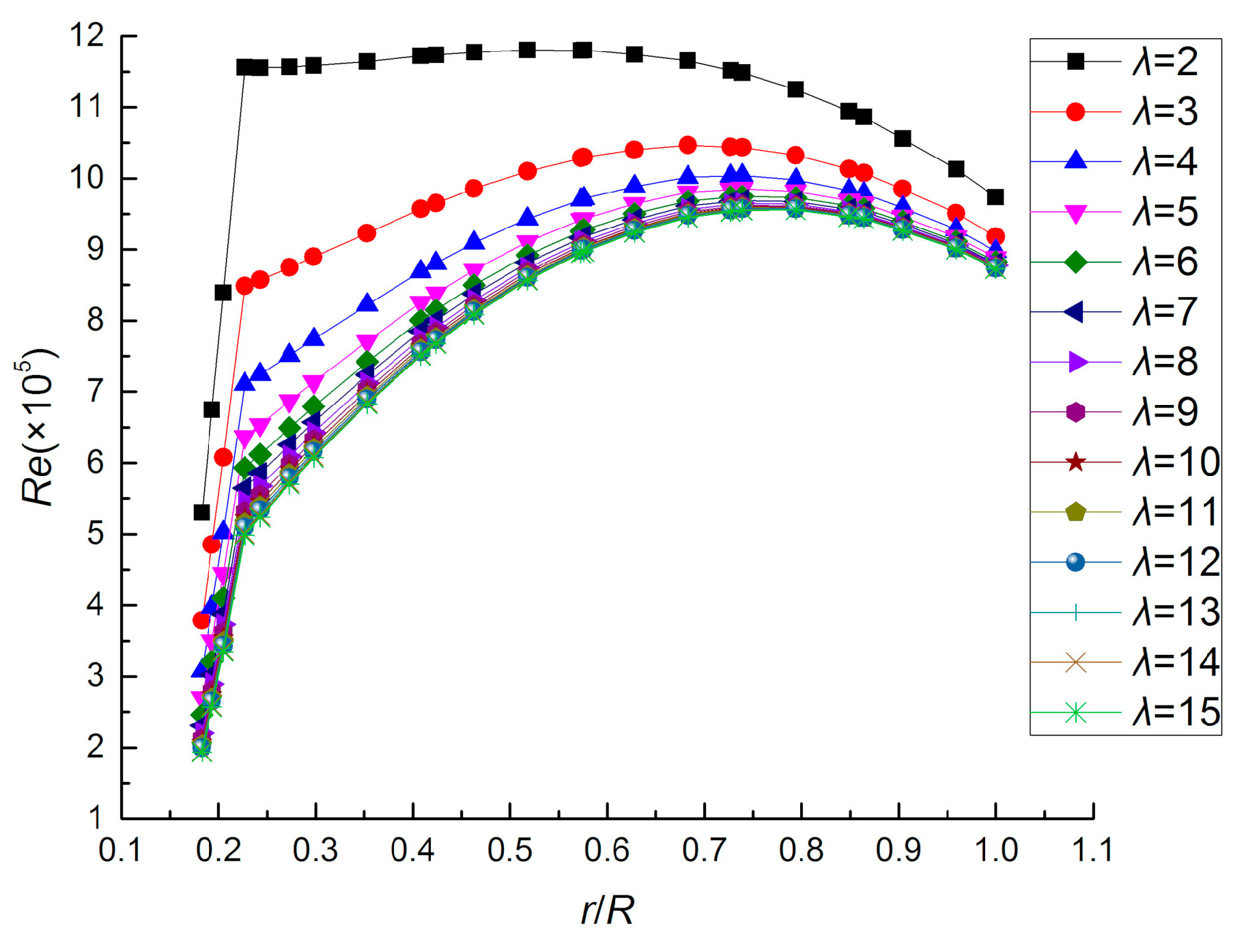



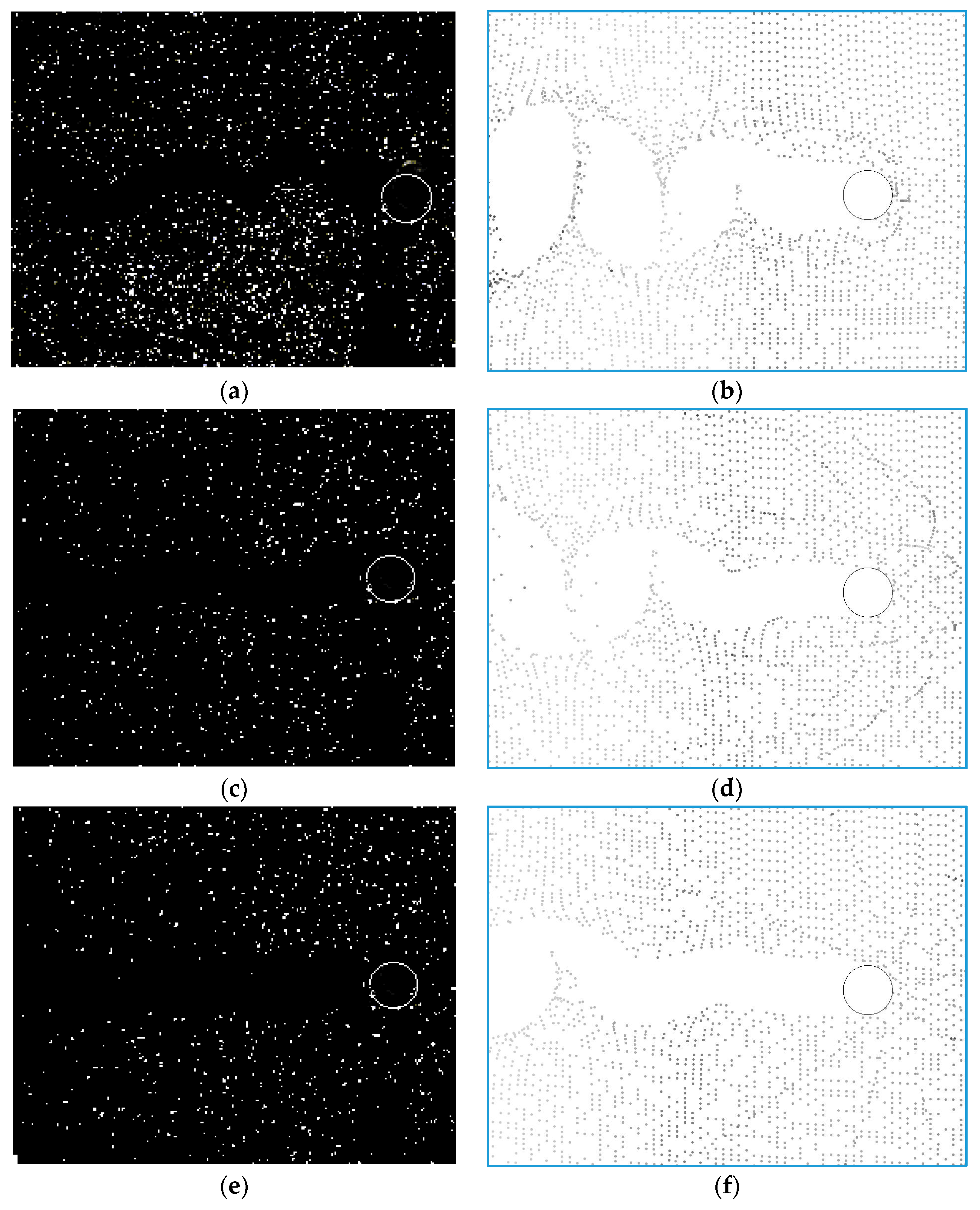
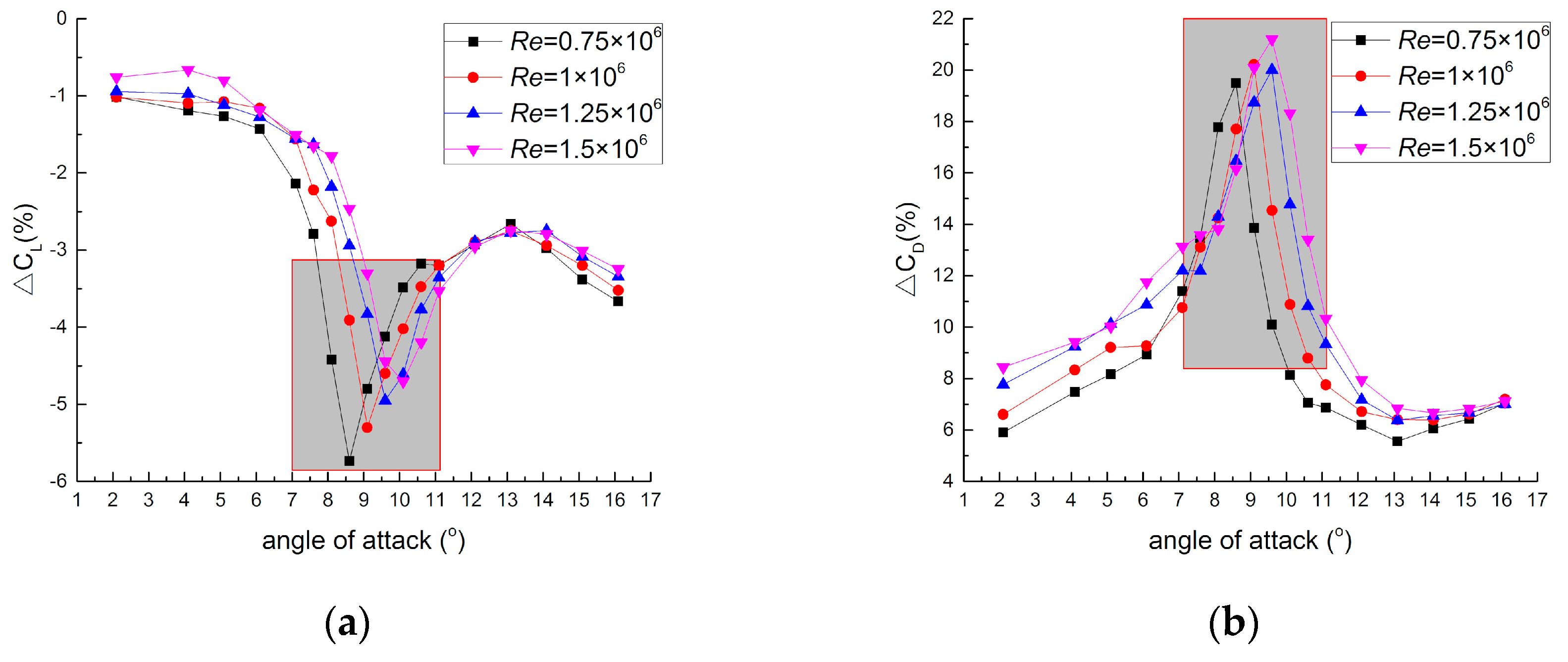
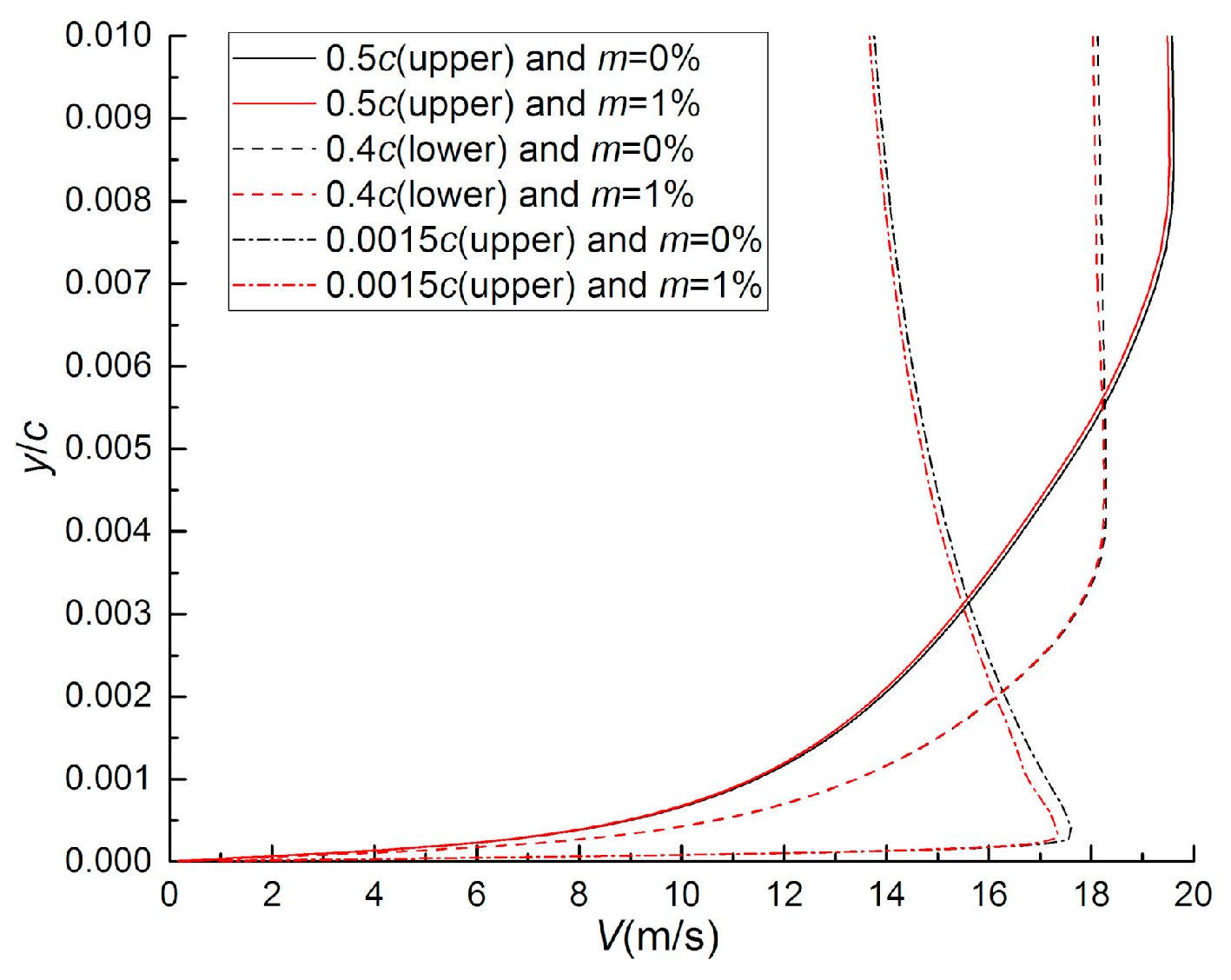
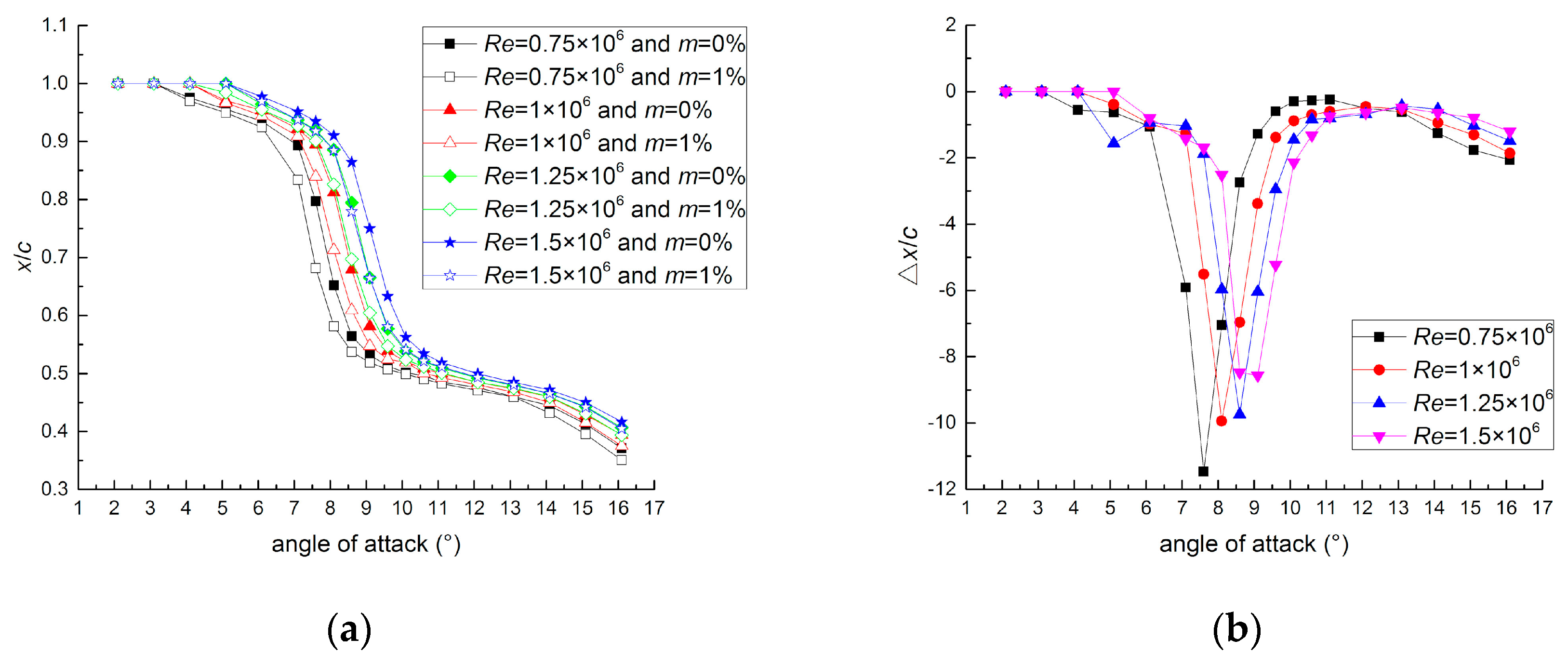
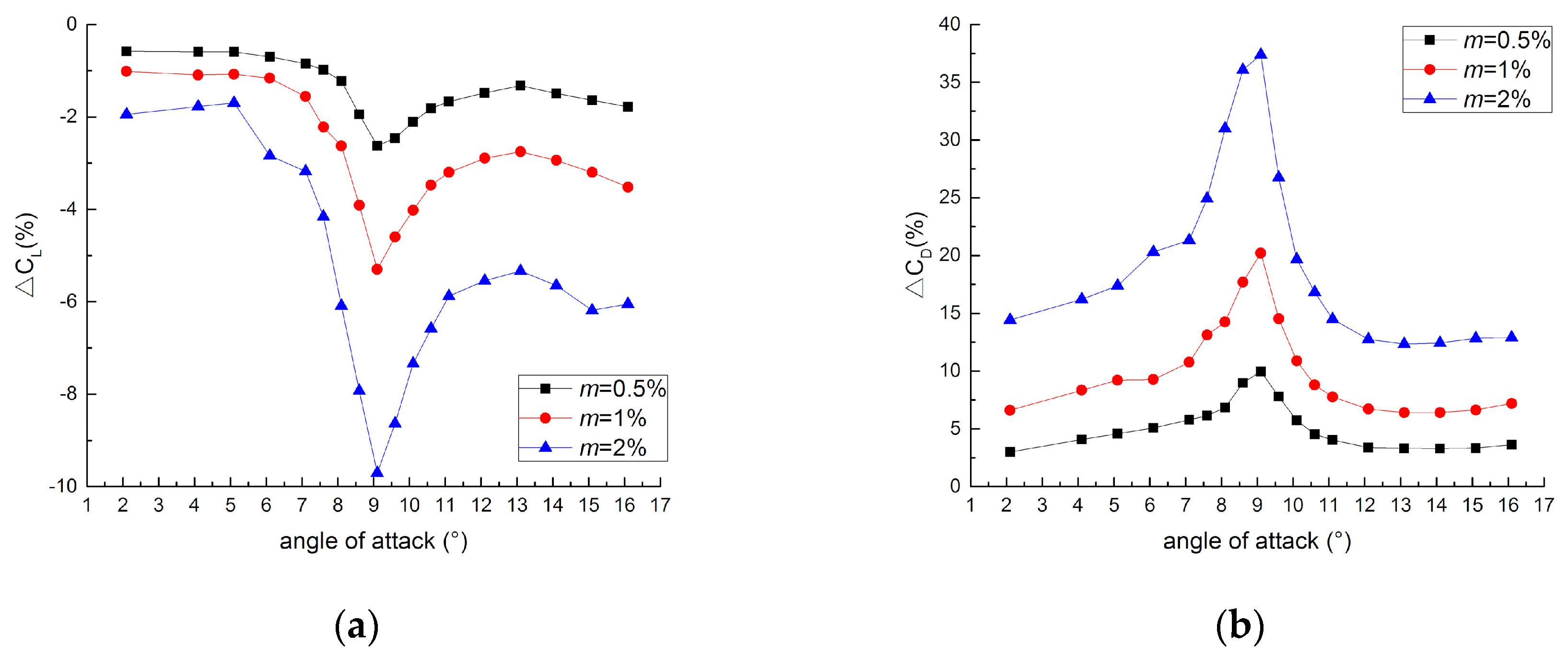

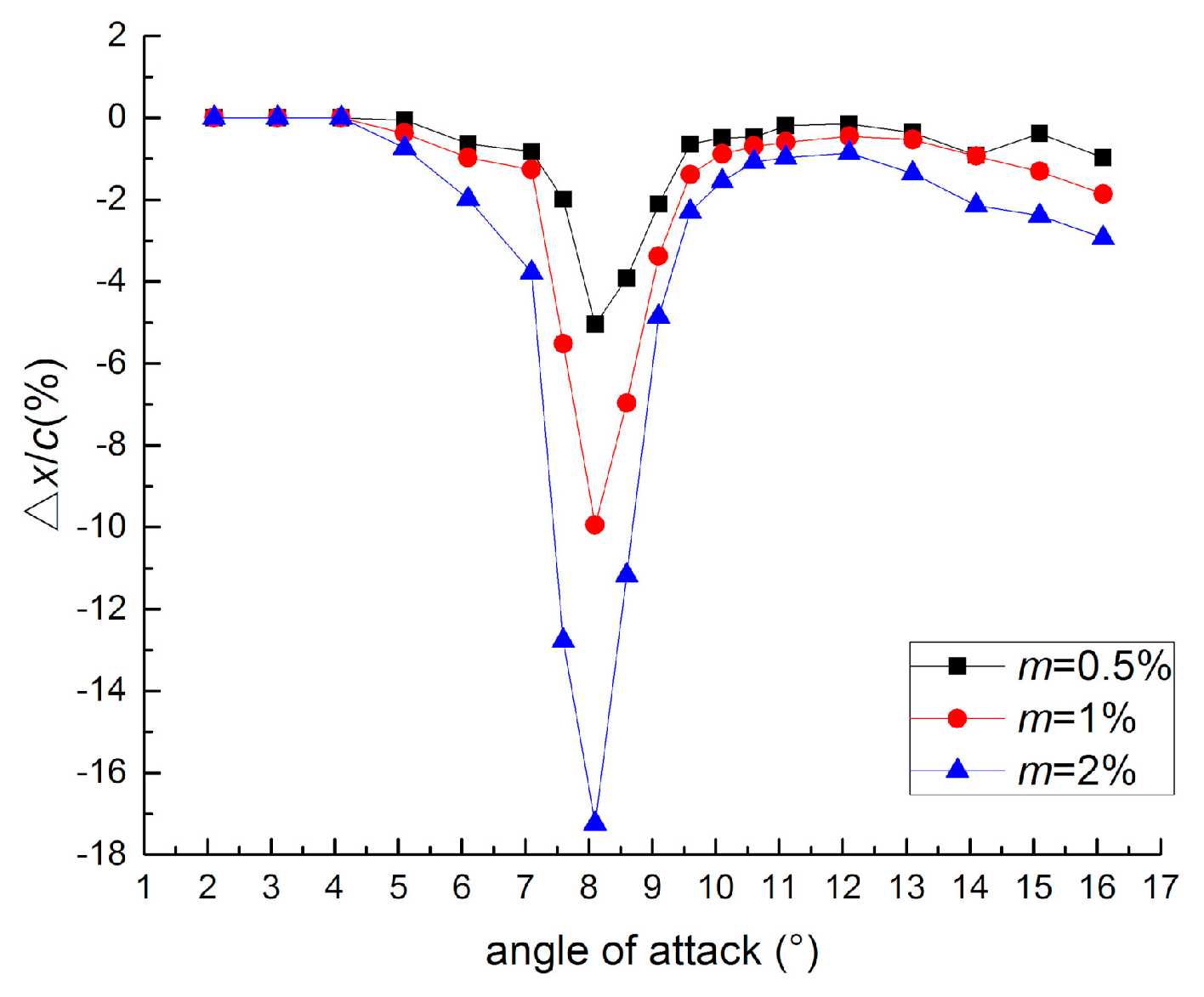
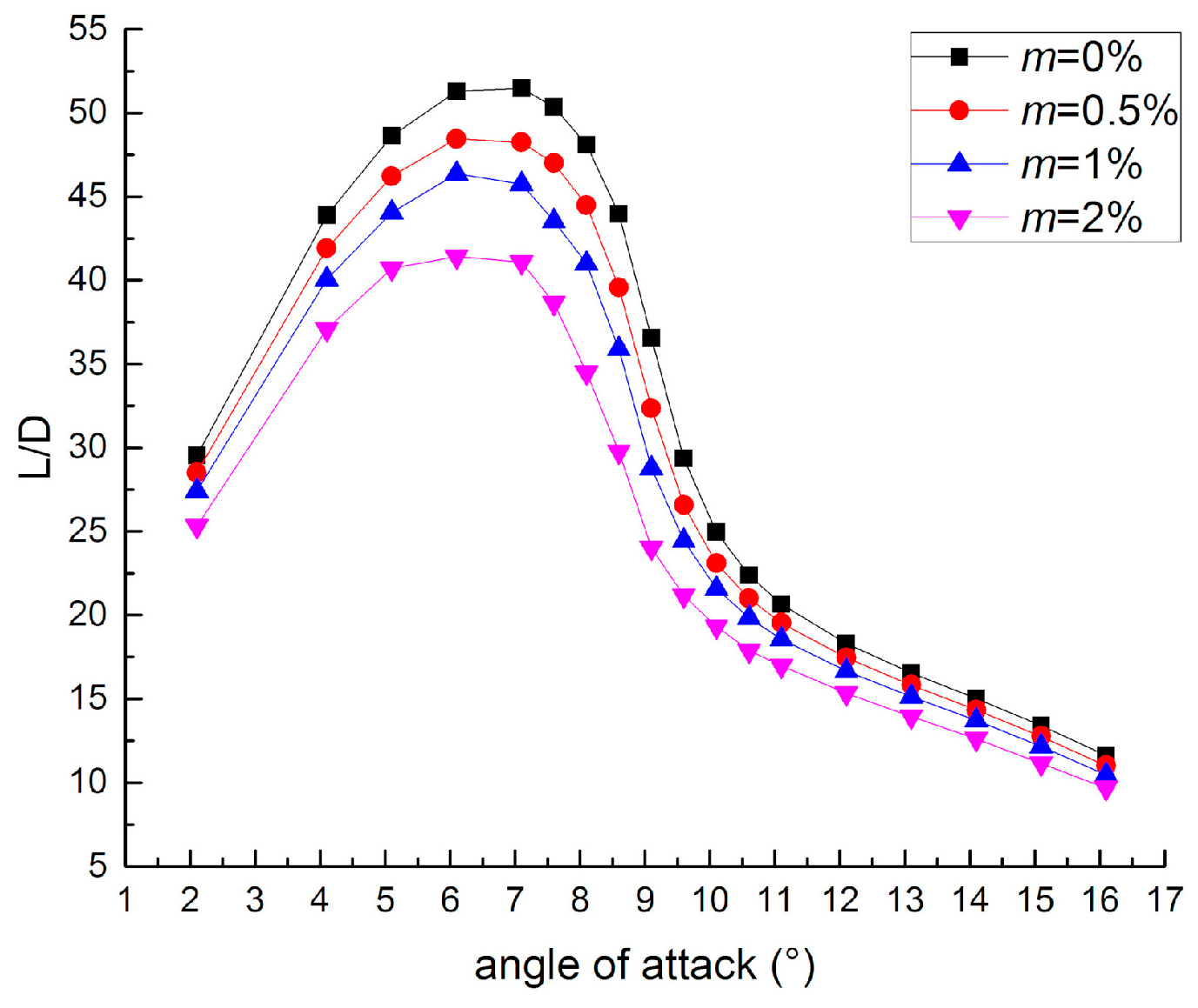
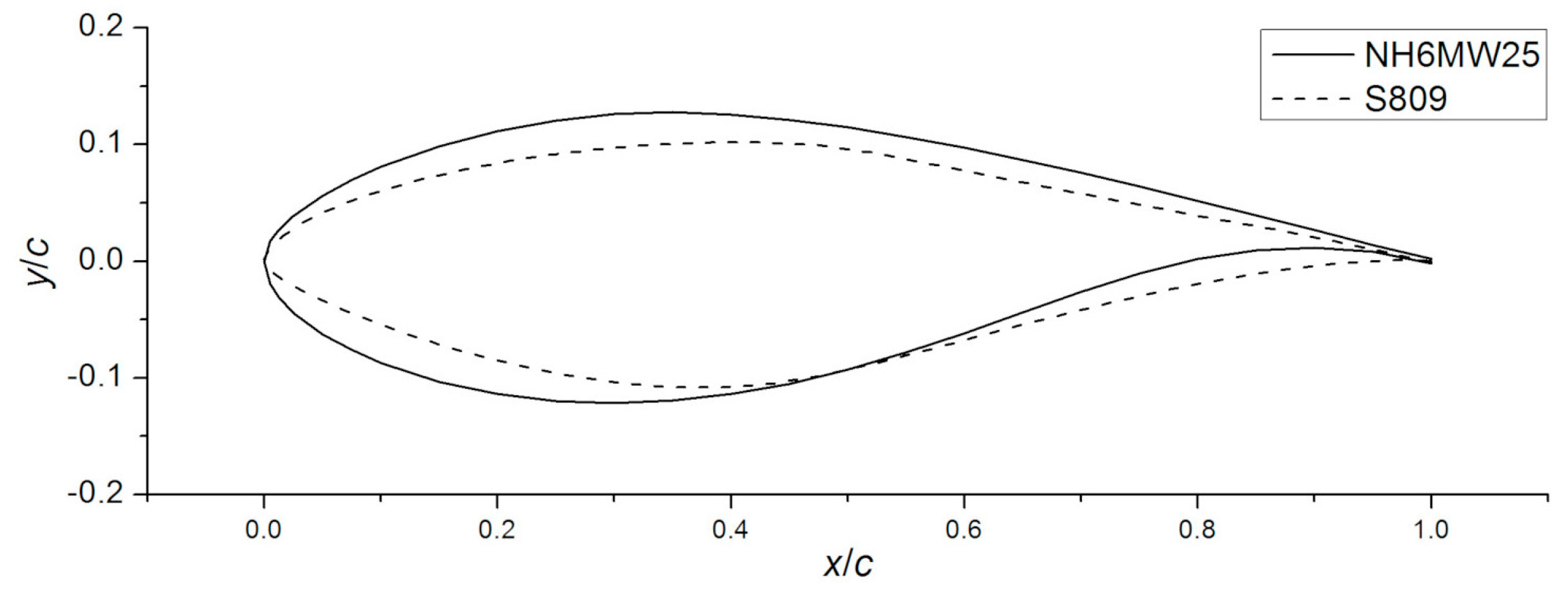
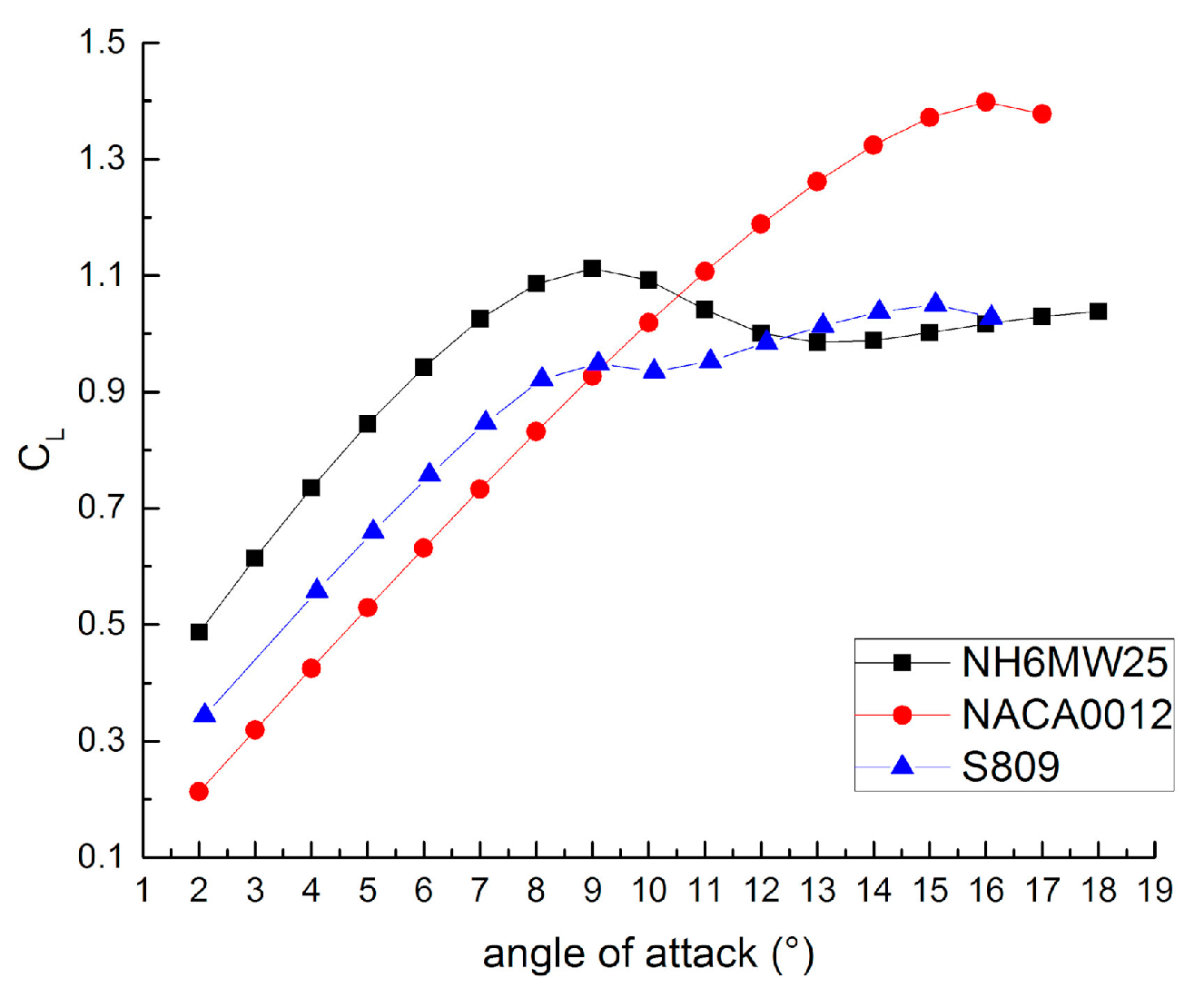
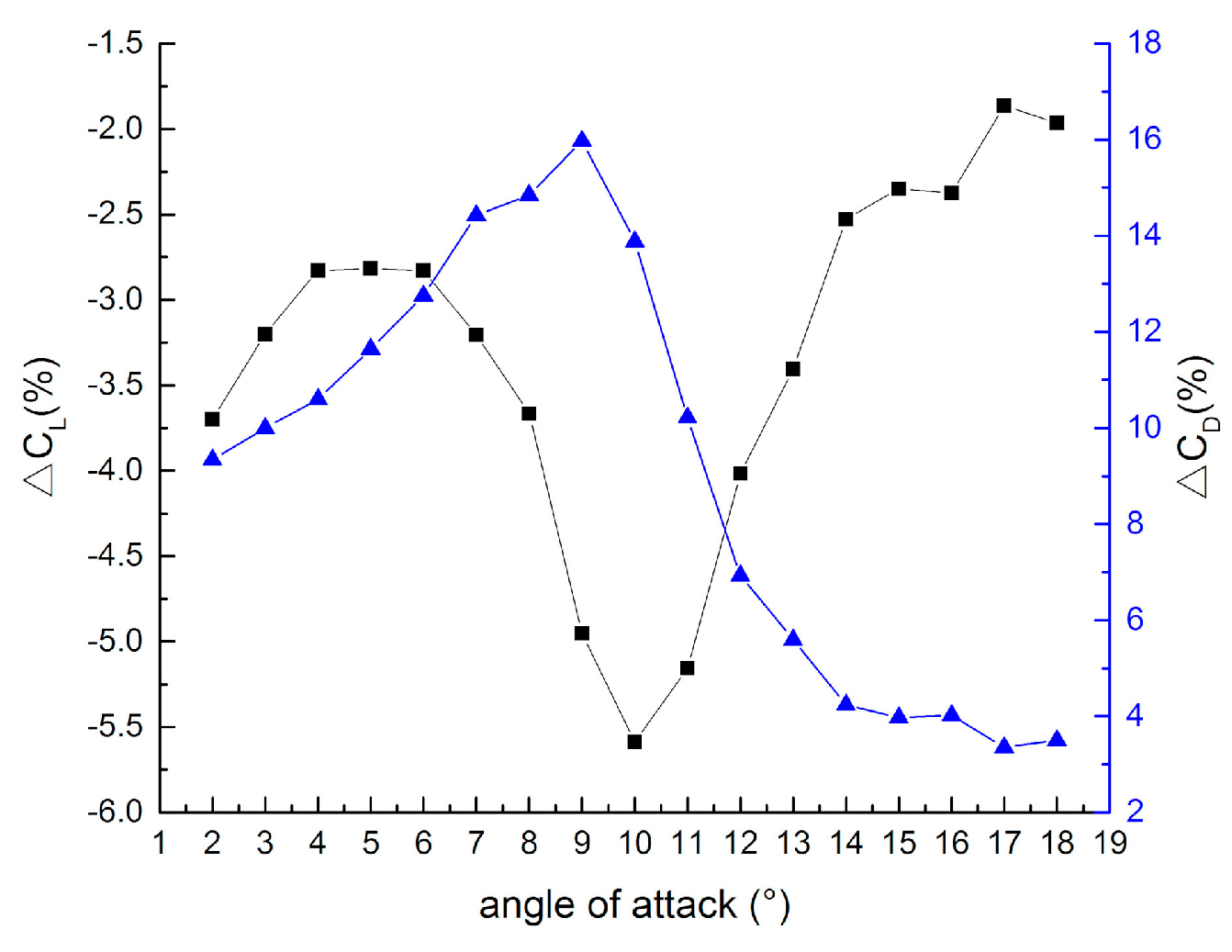
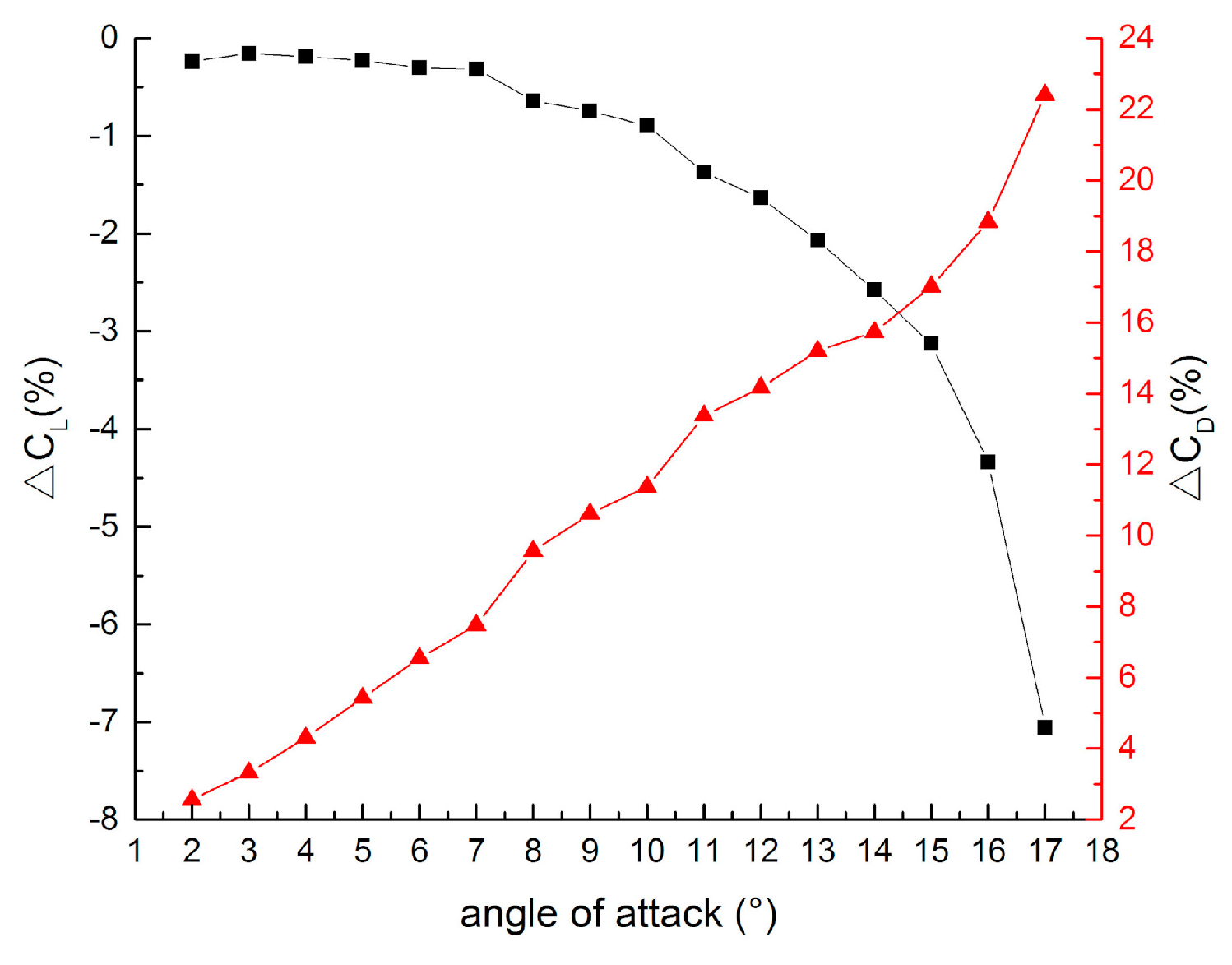
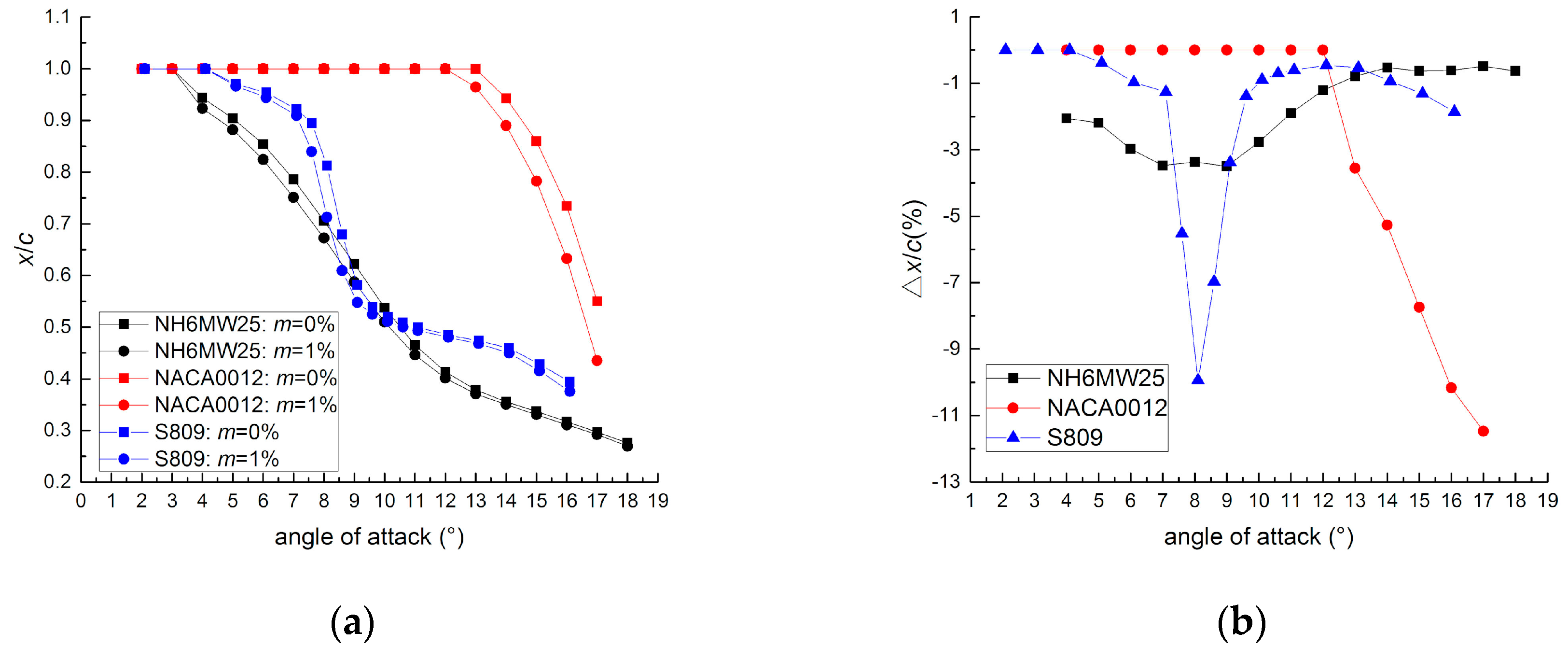


© 2019 by the authors. Licensee MDPI, Basel, Switzerland. This article is an open access article distributed under the terms and conditions of the Creative Commons Attribution (CC BY) license (http://creativecommons.org/licenses/by/4.0/).
Share and Cite
Guo, T.; Jin, J.; Lu, Z.; Zhou, D.; Wang, T. Aerodynamic Sensitivity Analysis for a Wind Turbine Airfoil in an Air-Particle Two-Phase Flow. Appl. Sci. 2019, 9, 3909. https://doi.org/10.3390/app9183909
Guo T, Jin J, Lu Z, Zhou D, Wang T. Aerodynamic Sensitivity Analysis for a Wind Turbine Airfoil in an Air-Particle Two-Phase Flow. Applied Sciences. 2019; 9(18):3909. https://doi.org/10.3390/app9183909
Chicago/Turabian StyleGuo, Tongqing, Junjun Jin, Zhiliang Lu, Di Zhou, and Tongguang Wang. 2019. "Aerodynamic Sensitivity Analysis for a Wind Turbine Airfoil in an Air-Particle Two-Phase Flow" Applied Sciences 9, no. 18: 3909. https://doi.org/10.3390/app9183909




